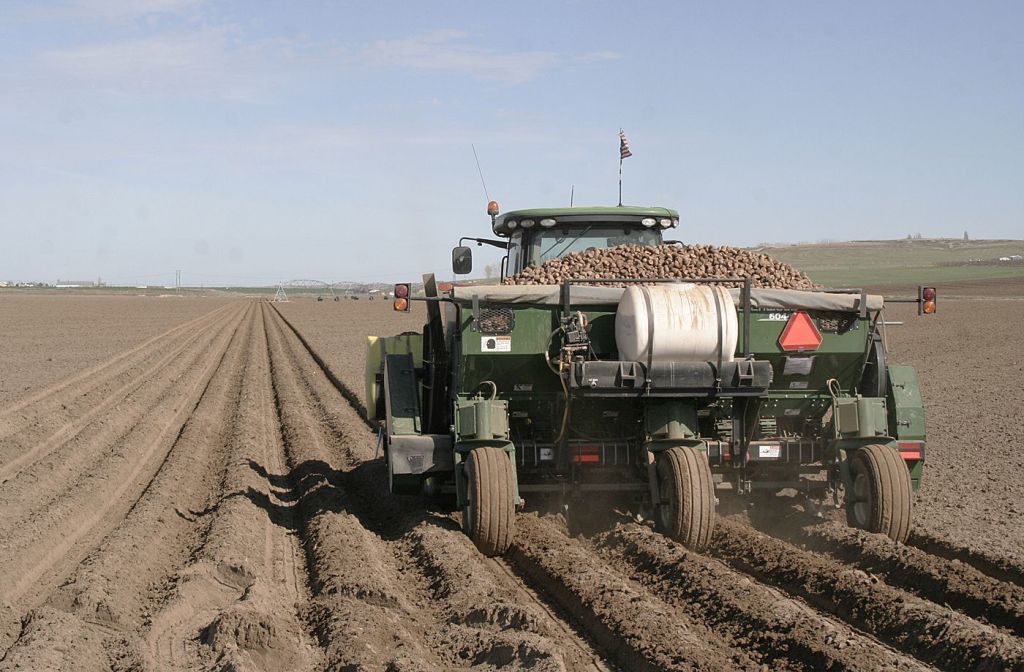Small family farms account for 89% of all U.S. farms
Published 3:15 pm Tuesday, December 13, 2022

- A new report by USDA’s Economic Research Service found small family farms accounted for 89% of all U.S. farms in 2021.
About 98% of the 2 million farms in the U.S. are family farms, and the vast majority are small, according to the USDA’s newest edition of America’s Farms and Ranches at a Glance.
Trending
But there’s more to the story, a USDA economist says.
USDA’s Economic Research Service found small family farms accounted for 89% of all U.S. farms in 2021.
“These farms operated just less than half of total U.S. farmland and accounted for nearly 20% of total value of production,” Noah Miller, ERS agricultural economist, said in a webinar on Tuesday, Dec. 6.
Trending
Large-scale family farms comprised 3% of all farms, but they accounted for 46% of the value of production in 2021 — the largest share of any farm group. They also operated just over a quarter of all agricultural land, he said.
Nonfamily farms accounted for only 2% of farms. They operated on 10% of agricultural land and accounted for 17% of total value of production, he said.
Breaking down the value of production across commodities, small family farms contributed the greatest share of value for poultry and eggs at 47% and hay at 53%, he said.
“In other commodity categories, apart from hogs and specialty crops, large-scale family farms contributed the most in terms of total value of production. This was especially true for dairy and cotton,” he said.
Large-scale family farms contributed 69% of the value of dairy production and 73% of the value of cotton production.
“Nonfamily farms’ share of value of production was relatively low at less than 20% for all commodities, apart from hogs and specialty crops,” he said.
But nonfamily farms contribute 35% of the value of production of hogs and 43% of the value of production of specialty crops.
The economist also analyzed the financial risk level of the different farm sectors based on their operating profit margin, or OPM.
“What we saw in 2021 was that a majority of small farms and nonfamily farms resided in the OPM high-risk category,” he said. “It is important to remember, though, that small farms often rely on some amount of off-farm income, which is not captured by the OPM measure.”
A larger share of midsized, large and very large family farms were in the low-risk category, he said.
“However, even for these farms there remains a sizable share of farms that reside in the high-risk category,” he said.
The economists also measured farms’ risk of loan default with a current ratio of assets to debt. As with the OPM measure, a larger share of small family farms was at high risk.
However, the share of all farms at high risk was lower than those at high risk in the OPM category, he said.
“One reason for this difference may be that certain assets, such as unsold commodity inventory, are excluded from the OPM measure but are included in the current ratio,” he said.
As with OPM, the current ratio does not include off-farm income, which many small farms may use to cover debt obligations, he said.
Small family farms – 18%
Midsized family farms – 18%
Large-scale family farms – 46%
Nonfamily farms – 17%
Source: USDA Economic Research Service, 2021








